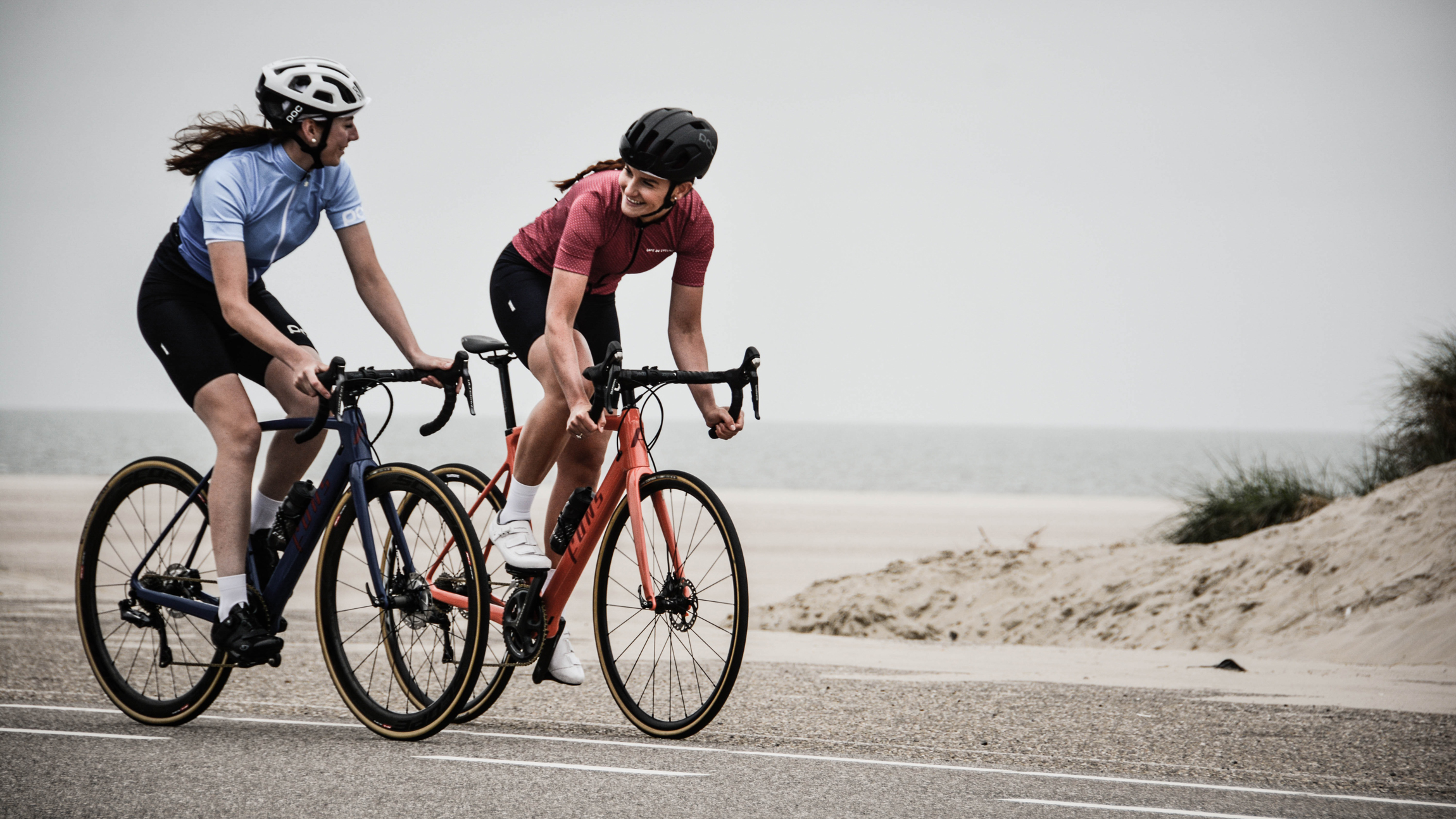Why "micro-workouts" are the key to battling lockdown inactivity
Small bursts of exercise can help fight off a sedentary lifestyle if you're still under lockdown conditions


If, like most of the world at the moment, you've been spending more time at home or in isolation due to the coronavirus pandemic, you're probably leading a more sedentary lifestyle than you used to. Without a commute to speak of, or a lack of reason to go anywhere except specifically for exercise, we're moving less than ever. This is set to change soon, as the various national vaccine programmes begin to roll out, but in the meantime: what's to be done about this sedentary lifestyle?
A study from King's College London has the answer. The study looked at people's activity levels before and after COVID to identify whether we're now moving more or less, and what the solution is. The researchers found a "significant reduction" in daily activity intensity during lockdown, with levels of light activity reduced by around 25%.
This light activity doesn't necessarily have to be structured exercise, but regular movement throughout the day is associated with improved health outcomes for everyone, regardless of health conditions.

Sarah Roberts-Lewis, Neurological Physiotherapist at King's College London, said: "Even people who don't do much exercise have been impacted by lockdown inactivity. Moving less is detrimental to health. Reduced activity can be especially harmful for those with neuromuscular conditions, disabilities or advanced age."
The solution? Roberts-Lewis says "Based on our findings, we suggest people move their bodies for 5 minutes each hour during the day. Additionally, spend 30 minutes each day doing some extra light activity, like yoga or chair exercises."
Get yourself moving with our 30-minute yoga/pilates flow:
Incorporating movement into your day
Bodyweight exercises are ideal to get yourself moving for a few minutes every hour at home, as they require no equipment and are very easy to do. Our guides on how to do a push up and how to do squats cover two exercises that are great for beginners to incorporate into their day. Those looking for something more intense might try our how to do burpees guide. Simply challenge yourself to do a set of 10 of either exercise every minute, on the minute, otherwise known as EMOM training.
Something everybody should be doing more during their day is walking to lose weight. Walking is super easy to get started with: all you need is a set of comfortable clothes and a set of our best walking shoes, and the mental and physical health benefits alike are enormous. Try walking round the block for five or ten minutes in place of a couple of the workouts above.
Start your week with achievable workout ideas, health tips and wellbeing advice in your inbox.
Matt Evans is an experienced health and fitness journalist and is currently Fitness and Wellbeing Editor at TechRadar, covering all things exercise and nutrition on Fit&Well's tech-focused sister site. Matt originally discovered exercise through martial arts: he holds a black belt in Karate and remains a keen runner, gym-goer, and infrequent yogi. His top fitness tip? Stretch.
